![]()
Much like artificial intelligence, Blockchain is a double-edged sword extending its range of motion toward the equipment finance industry. And like its emerging Fintech counterpart, blockchain still faces a variety of barriers to entry before it can carve out a legitimate position in the marketplace. That’s why when it comes to blockchain – especially potential uses like smart contracts – a patient approach to adoption is key due to security concerns, compliance with the vast sea of standards that regulate the industry and the fundamental fear of the unknown.
THE CASE FOR BLOCKCHAIN
Following the Great Recession, financial institutions were left searching for ways to restore trust in transactions with customers. A decade later, many are quick to assume the answer is blockchain – a secure ledger among members in a peer-to-peer network of computers. User access is verified by algorithms and real-time transactions are recorded automatically. Everything is instantly visible and traceable. In theory, blockchain maximizes confidence in data security and minimizes risk, as the decentralization of authority virtually eliminates criminal activity. It also reduces the time spent and cost incurred by the day-to-day operations of just about any business. According to the Equipment Leasing & Finance Foundation, blockchain will lower infrastructure costs by $15-$20 billion by 2022.
For example, take smart contracts – the most relevant application of blockchain technology to the equipment finance industry. By managing contracts across a neutral blockchain network, users drastically reduce the inefficiencies associated with physical documents while also safeguarding against human error and external threats during points of vulnerability, such as the transfer of ownership.
All of this sounds great on paper. So, what could possibly go wrong?
THE CASE AGAINST BLOCKCHAIN
According to Robert E. Braun in Blockchain: The good, the bad, and how to tell the difference, the rise of blockchain may not be a response to financial collapse of 2008 after all. Rather, it may be “the result of a fascination with the possibility of an unregulated currency, and one which has benefited, most of all, those who wish to operate outside financial markets.” This is a daunting reality for the equipment finance industry, given the significant regulatory efforts that have taken place over the past decade. Given its volatile nature, blockchain could actually turn out to be more susceptible to malicious behavior than many existing solutions and services.
Thousands of players are vying for market share, all of whom come equipped with their own collection of bugs and shortcomings. Until the undisputed frontrunners emerge from the pack and the precedent for widespread adoption has been set, blockchain’s lack of standardization will limit its potential in the equipment finance industry – one that is certainly in no rush to replace what’s tried-and-true. From its scalability for high-volume transactions and integration with existing business systems to extensive legal battles over privacy rights, there are still an abundance of kinks and quirks to smooth out before it can be embraced with complete confidence.
WHERE DOES YOUR COMPANY STAND?
Furthermore, Braun offers baseline criteria every company should weigh before signing on to blockchain. Not only should it be a clear-cut improvement upon what it’s substituting, but it should also solve an additional pain point the current solution is unable to address. As Braun explains, “much of blockchain is a solution in search of a problem, not a problem in search of a solution.” This begs the question – if it isn’t broke, why fix it?
The implementation of blockchain technology also requires you to extend your perspective beyond your immediate user base. How far does the impact of your business decisions reach? It’s not like you’re deciding whether or not it’s time to pull the trigger on that new copier your office needs. The adoption of blockchain requires meticulous vetting to thoroughly assess the risk at hand for your company, both internally and externally. Although these considerations may seem obvious at face value, they could be easy to overlook when a proposal for a shiny new object slides across your desk.
To be clear, this is neither a ringing endorsement nor a sweeping denouncement of blockchain technology. This is a call for the industry to carefully evaluate the current landscape of emerging technologies taking the world by storm. Because at this point, equipment finance has a lot to lose, without knowing for certain what there is to gain. As more and more innovative developments continue to surface, so too will dangerous setbacks and challenges. That’s why when it comes to blockchain technology, patience is key.

